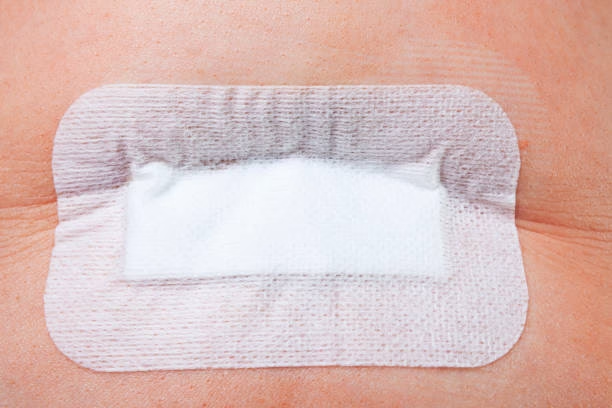According to Dr. Viral Desai, a renowned plastic surgeon in Mumbai:
“A person’s emotional health and social confidence can be affected by dissatisfaction with their looks. Although breast augmentation can improve one’s physical proportions and sense of self-worth, concerns over scars, results, and recovery are reasonable. It can be reassuring and satisfying to know what to anticipate following surgery.”
This blog is about what breast augmentation scars usually appear like one-year after the procedure, the healing process, possible complications, and useful tips to reduce visible scarring in the long run.
Want to know how the healing process unfolds after surgery? Let’s break it down with a clear timeline.
Healing Timeline of Breast Augmentation Scars
The healing of breast augmentation scars is a gradual process that varies based on surgical technique, skin type, genetics, and aftercare. Here’s how scarring generally evolves over one year:
1. First Few Weeks (0–3 Weeks):
Initial incisions appear red or pink and slightly raised. During this period, swelling, bruising, and tightness around the breasts are common.

2. One to Three Months:
The scars begin to flatten, although they may still appear darker than the surrounding skin. Some patients may experience itchiness or minor sensitivity.
3. Four to Six Months:
The scar tissue begins to remodel. With proper scar care and sun protection, the scars become less noticeable and begin blending with the natural skin tone.
4. One Year:
For most individuals, scars become thin, pale, and faintly visible. In some cases, they may be almost imperceptible unless closely examined.
What if the healing doesn’t go as expected? Let’s explore some complications that may arise.
Potential Complications
While breast augmentation is considered safe, certain complications can impact the healing of scars and overall outcomes:
1. Hypertrophic Scarring:
These are raised, red scars that stay within the boundary of the incision. They typically improve over time but may require topical treatments.
2. Keloid Formation:
In rare cases, the body produces excessive scar tissue that extends beyond the original incision. Keloids are more common in individuals with a genetic predisposition.
3. Capsular Contracture:
Although unrelated to the external scar, this condition involves hardening around the implant and may distort the breast shape, requiring correction.
4. Infection or Delayed Healing:
If post-surgical infections occur or wounds do not close properly, scar formation can be negatively affected, resulting in uneven or prominent scars.
5. Pigmentation Changes:
In some skin types, scars may darken (hyperpigmentation) or lighten (hypopigmentation), affecting overall appearance.
Looking for ways to keep your scars as faint as possible? Here are some tried-and-true methods to help.
Tips to Minimize Breast Augmentation Scars After 1 Year

Although complete scar removal is not possible, several strategies can significantly reduce their visibility:
1. Follow post-op instructions and wound care guidelines to prevent infection and minimize scar formation
2. Apply silicone-based scar gels or sheets to hydrate scar tissue and flatten its appearance over time
3. Protect scars from sun exposure as UV rays can darken scars
4. Avoid smoking and alcohol as these interfere with blood circulation and hinder the body’s ability to heal efficiently
5. Once approved by your surgeon, light massages can help improve scar flexibility and circulation
6. Stay hydrated and eat a nutrient-rich diet to help skin heal better
7. Consider laser or microneedling treatments by professionals to help fade scars more rapidly
8. Manage weight fluctuations as significant changes in body weight can affect the tension on skin and scars, impacting their appearance
After a year of healing, where does your journey stand? Let’s wrap it up with some final thoughts and support.
Conclusion
Dr. Viral Desai, a sought-after expert for Breast Lift in Mumbai, concludes:
“Women often associate their body image with their sense of confidence. Breast augmentation can be empowering, and understanding how scars evolve helps set realistic expectations. We strive to offer guidance that ensures long-term satisfaction, addressing both physical results and emotional well-being. Every patient deserves to feel proud of their transformation.”
Frequently Asked Questions:
Can I go braless 6 months after breast augmentation?
Will my breast augmentation scars become visible again with pregnancy or weight gain?
Can tattoos cover breast augmentation scars effectively?
Is it normal for scars to feel itchy even after a year?
Can certain fabrics or bras irritate old scars?
References:
https://www.plasticsurgery.org/cosmetic-procedures/breast-augmentation
Disclaimer: The information shared in this content is for educational purposes only and not for promotional use.


